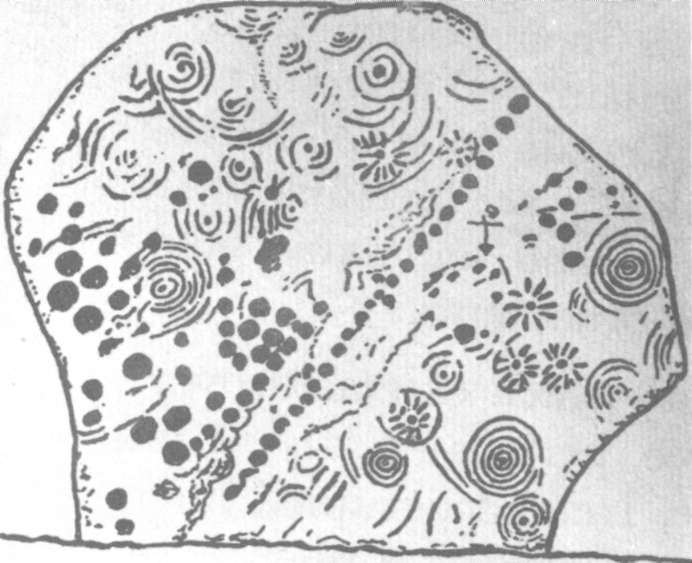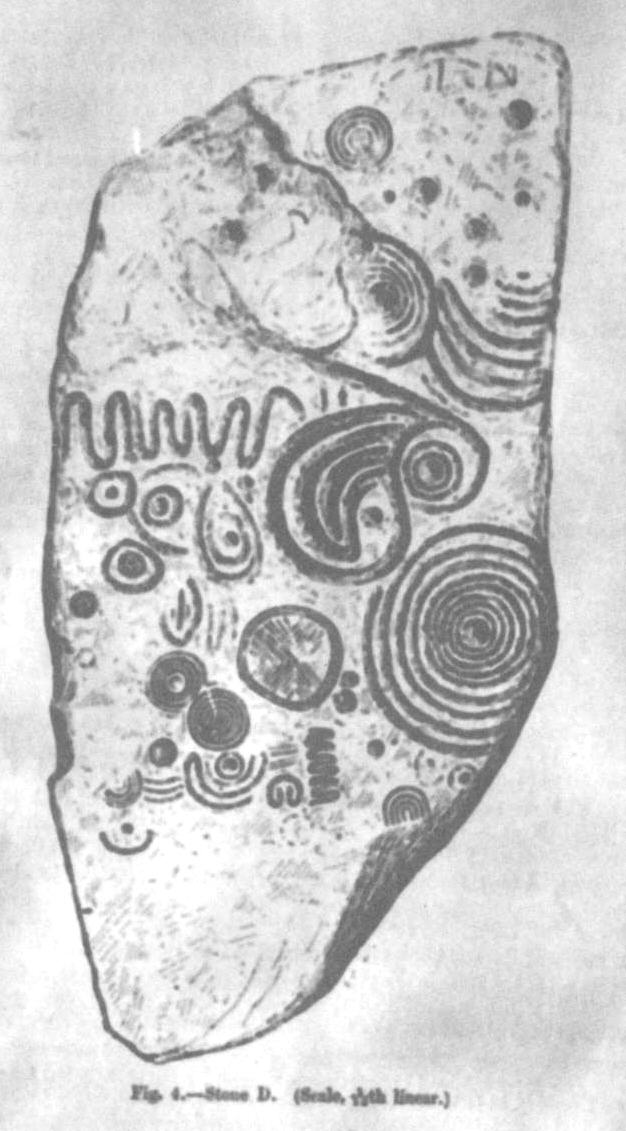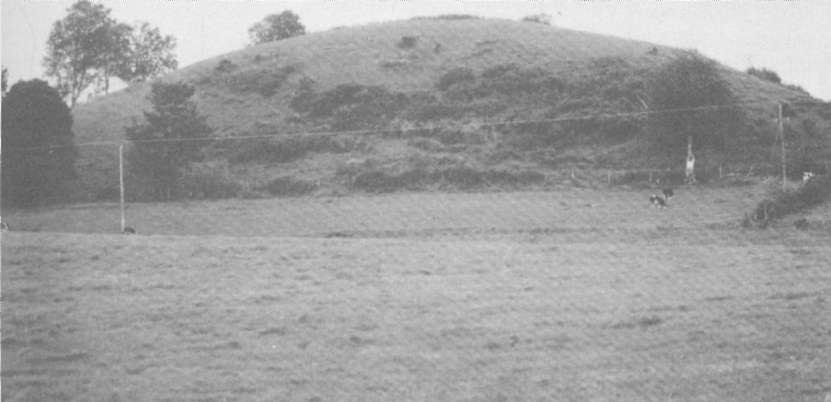 |
|
|
||
|
|
Ulsterheart Chapter 1 (Kilgreen Dawn)
pages 11 through 15
Page 11
add the Ordnance Survey tally, and personal observation. Moving across from Garvaghy to Favor Royal there are in, or visible from
| Rarogan | 1 | Tirnaskea | 2 |
| Errigle | 1 | Keady | 1 |
| Glencull | 4 | Roughan | 1 |
| Shantavny | 1 | Annahilla | 2 |
| Cavey | 1 | Drumcullion | 1 |
| Findrum | 1 (collapsed) | Ballylagan | 2 |
| Clonully | 1 | Roughhill | 1 |
| Sess-Kilgreen | 2 | Drumaslaggy | 2 |
| Tullylinton | 1 | Lisnabuny | 1 |
|
Kerou (Crew) |
3 | Lisnawery | 2 |
| Balnasagart | 2 | Ballinaputtock | 1 |
| Femamena | 3 in E-W line | Collembrone | 2 |
| Carren | 1 | Derrymeen | 1 |
| Feddan | 2 | Lismore | 1 |
| Tullybryan | 1 | Portclare | 1 |
| Lisbeg | 2 | Aghmoyle | 1 (¼ ml S.E. of F.R.) |
| Lisdoart | 2 |
Few of these Forts have been tampered with. A belief in fairies may seem naieve to us, but rustic fear of interfering with their habitations has been very salutary down the ages. But for that superstition every Kerog Fort might have come under the plough long ago, depriving modern archaeology of the opportunity to investigate and record their clues to early Kerog life.
Six Kerog townlands got their names from Forts that dominated them. Lis is the Gaelic word for Fort. Lismore and Lisbeg are simply the large and small fort, but the other four Lisna-WERY, LisnaBUNY, LisdoART, and LisGONEL may enshrine the name of some long-forgotten Kerog leaders.
Just because LIS was prefixed to some of these locations, it would be wrong to assume that all place names in Kerog are Gaelic. Joyce, and later etymologists have arrived at some ludicrous re-
 |
suits by trying to derive all placenames from Gaelic roots. Kerog is divided into about fifty areas known as townlands. Some of these have undoubted Gaelic names, because their names were coined during the twelve centuries of Gaelic domination of the area. Balnasagart, for instance is pure Gaelic. BAILE (pronounced bol-yeh) means home, 'na' is the genitive of the definite article, meaning 'of the'. Sagart means priest. So Balnasagart is simply the Priests' Home.
It is now almost impossible to detect primaeval roots in our placenames, because the Brittonic originals were nearly all Gaeli-cised after 350 a.d., and Anglicised after 1350 a.d.
Still, some pre-Gaelic names have managed to endure all over Ireland. The old forms of Glenavy, Maralin, and Dunleer were Llanawy, Marallan, and Llanleer. Llan, originally a setdement or churchyard is ubiquitous in modern Wales.
Early names survive better on mountains and rivers, but Kerog doesn't have any mountains—except Shantavny. So the only possibility of finding early roots might be in some of the townland names.
|
6 names starting with LIS 6 names starting with TULLY 5 names starting with BALLY 3 names starting with ALT 3 names starting with DRUM 2 names starting with KIL 2 names starting with KNOCK 1 name starting with DERBY 1 name starting with DUN |
In the following tabulation we have the 1817 spelling, which approximates to the spelling familiar in 1983. In the next column we have the derivation suggested by Kelly Groves the Dublin Attorney's son who was Rector of Aghaloo and wrote the Errigle Kerog chapter for the Shaw Mason Survey. Kelly Groves was a good Greek scholar, but he makes the traditional mistake of assuming that all old Irish placenames must derive from Gaelic. Clearly he has ransacked some inchoate Gaelic Dictionary or lexicon ferreting out—sometimes the facts—sometimes the farcical. Perhaps a helicopter might notice some resemblance between the contours of Cavey and a hair-ribbon, but the people who dubbed the name 'cavey' on that district never had the opportunity of such a panorama. See Map II on page 403.
It is only in the 20th century that attempts have been made to lay the foundations of a science of placenames, and its primary axiom is that interpretations should note the earliest recorded
 |
 |
spellings. So the third column contains spellings on the Barony Map (c. 1620), and subsequent 17th century surveys.
This was probably the first time most of these placenames were ever put in writing, and obviously English officials often made strange attempts at spelling what they heard in Ulster accent. So, in a few cases, the modern spelling can reveal better the original roots.
The fourth column contains some tentatively suggested pre-Gaelic roots from which our townland names may derive. In no place should we be as dogmatic as Kelly Groves was, though in some cases we are tempted to be. For instance he derives Lettery from the Gaelic word 'leath' meaning 'half. He can't find any explanation for the final syllable 'ry', so he just leaves it unexplained. LEDRY is the British word for a steep slope—the most conspicuous natural feature from the fields of Lettery, even if recent cartography has included the conical mound in another townland. And, as we shall see later, precisely the same mutation occurred when the surname Liddle became Little.